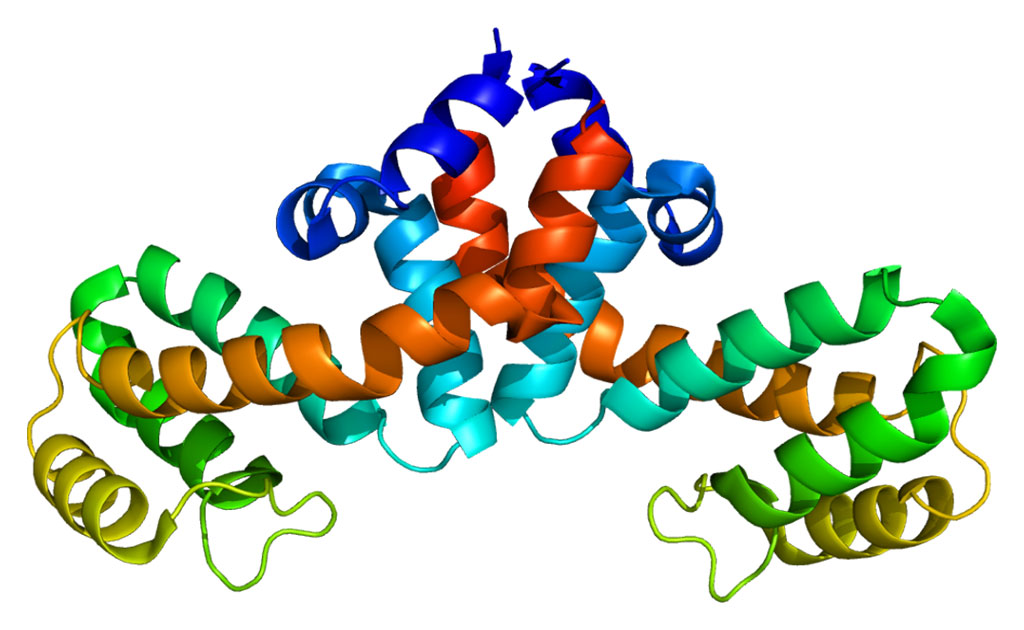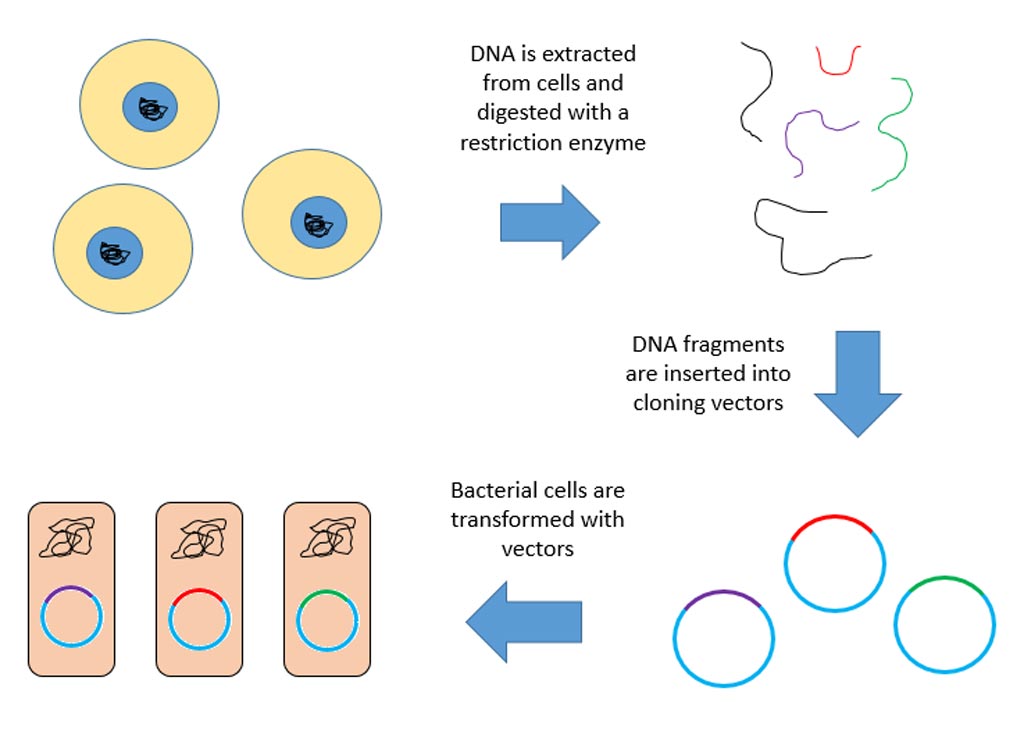Ultrasensitive Biopsy Technique Monitors Risk of Cancer Recurrence
By LabMedica International staff writers
Posted on 19 Aug 2019
An ultrasensitive liquid biopsy technique, which may be personalized for each breast cancer patient, can be used to monitor the patient over time and allow early detection of tumor recurrence.Posted on 19 Aug 2019
Analysis of tumor DNA shed into a patient’s circulation can provide a noninvasive means for detecting the presence of a tumor and analyzing its DNA for targetable mutations. However, it is difficult to detect small amounts of tumor DNA in the blood, especially in patients who have already undergone initial chemotherapy treatment.

Image: Circulating tumor DNA (ctDNA) is found in serum and plasma fractions from blood. The mechanism of ctDNA release is unknown, though apoptosis, necrosis, and active secretion from tumor cells have been hypothesized (Photo courtesy of Wikimedia Commons).
To improve the sensitivity of the liquid biopsy approach to detect minute quantities of residual tumor DNA in plasma, investigators at The Translational Genomics Research Institute (Phoenix, AZ, USA) and collaborators in the United States and the United Kingdom developed a method called “targeted digital sequencing” (TARDIS) for multiplexed analysis of patient-specific cancer mutations.
According to the investigators, TARDIS combines the strengths of PCR-based methods (minimizing losses of template DNA molecules) and ligation-based methods (incorporation of unique molecular identifiers (UMIs), preservation of fragment sizes, and hundred-fold multiplexing). This combination achieves a balance between depth and breadth of tumor genome analyzed, investigating dozens to hundreds of patient-specific mutations with deep coverage. The TARDIS method was streamlined and automated to successfully target 55% of putative founder mutations per patient on average. The technique relies on routine primer synthesis with standard purification and requires a limited sequencing footprint, making this approach cost-effective and enabling frequent and longitudinal analysis of plasma samples.
The TARDIS assay analyzes an amount of DNA equivalent to a single tube of blood and can simultaneously address eight to 16 known mutations. In the current study, TARDIS achieved up to 100-fold improvement beyond the current limit of ctDNA detection using clinically relevant blood volumes, TARDIS successfully detected ctDNA in plasma samples from 33 patients with breast cancer before they began treatment, and revealed that the patients had lower concentrations of ctDNA after treatment was completed. Furthermore, patients who responded the best to chemotherapy displayed a 96% decrease in ctDNA abundance, while patients with residual disease showed a 77% decrease - indicating the platform could guide the personalized management of patients at risk of cancer recurrence.
"By precisely measuring ctDNA, this test can detect the presence of residual cancer, and inform physicians if cancer has been successfully eradicated by treatment," said senior author Dr. Muhammed Murtaza, co-director for noninvasive diagnostics at The Translational Genomics Research Institute. "The results of these tests could be used to individualize cancer therapy avoiding overtreatment in some cases and under treatment in others. The central premise of our research is whether we can develop a blood test that can tell patients who have been completely cured apart from patients who have residual disease. We wondered whether we can see clearance of ctDNA from blood in patients who respond well to pre-surgical treatment."
The TARDIS method was described in the August 7, 2019, online edition of the journal Science Translational Medicine.
Related Links:
Translational Genomics Research Institute













